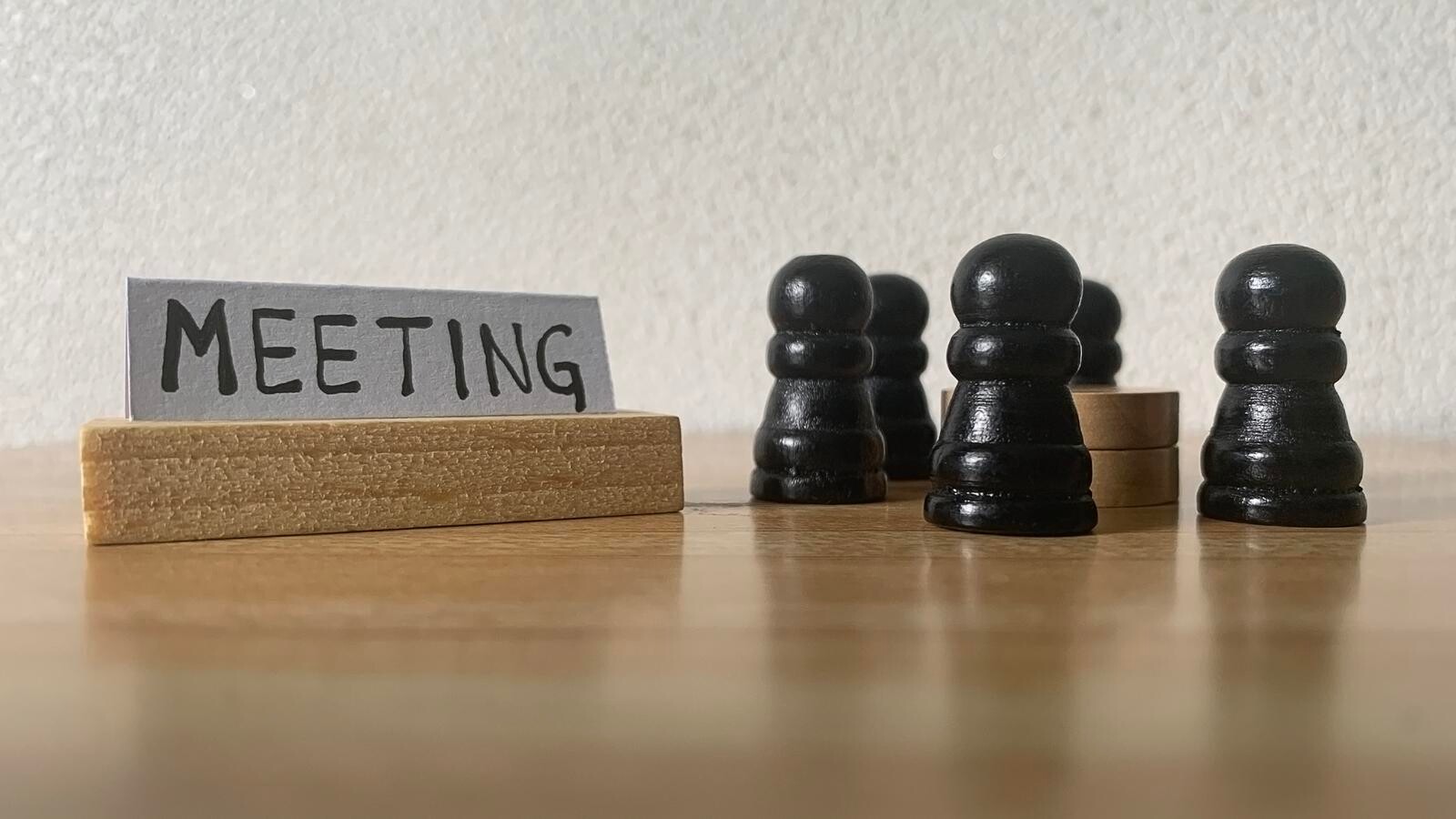Efficient meetings
I am sure many of you will say it's obvious to talk about efficient meetings. However, I thought I would share my opinion and experience regarding this topic.
First of all, let's verify when you need to have a meeting. We do speak about business meetings.
- When there are more than four comments in the ticket, the discussion doesn't progress.
- When in the chat, people write a message for the last 15 minutes without consensus.
- There are massive delays between messages when there are more than six emails in the email thread, and only a few people participate.
- When you need to discuss things with stakeholders and get their decisions or approvals.
- When you want to present new ideas to a few people.
- When you do a knowledge transfer session.
If we summarize, it's about getting or handling information and being able to move forward with a decision or approval.
So basically, we can split it into three steps:
1. Preparation.
- You need to figure out who should be invited. They should be able to make decisions or provide you with information.
- Choose a date and time that is most optimal for others. You can use data picker services to speed up choosing a date.
- Make an agenda for the meeting. Ensure that there are a maximum of 5 topics for discussion. It will be challenging to fit more topics into a one-hour meeting.
This step will end with an invitation to guests with the date, time, and agenda.
2. Meeting.
- Ensure you are on time and all equipment is working. You have slides for the meeting, which include the agenda and outcome of the meeting.
- You need someone who is going to take notes during the meeting.
- You need at least one moderator to monitor the meeting's timing and ensure all participants stay on topic. This position might be optional if five or more people are in the meeting.
- Don't keep meeting for two hours or so. Usually, concentration is gone after 45 minutes. I would suggest keeping it up to one hour.
- Ensure the meeting is finished with action steps. Each participant should know what is expected of him/her in the upcoming days and weeks.
- Agree if any recurring meetings need to be scheduled and what the conditions for the test are.
- Don't forget to "thank" people for their time and input.
This step will be ended with some clarity and action steps.
3. Follow-up.
- Remember to send a follow-up email with short notes and slides describing what has been discussed, what agreements you came to, the following steps, who is responsible for each action, and the agreed-upon deadline.
- Based on deadlines, send a friendly reminder email to an entire group of participants to check the status of each action step.
- If you also have something to do from your side, Don't wait until the deadline, and share your results with all attendees.
- You can also send a survey to participants to get their feedback on the meeting and how it can be improved. (Ensure you don't do it every time.)
- If the email communications are not progressing, I recommend explaining why it doesn't work as expected. If there is still some uncertainty, schedule another meeting and follow up on all the steps from above.
This step will end with achieving the original goals for the meeting.
Besides that, I will encourage you to do an evaluation of each meeting for yourself and ask at least three questions:
- What is worked?
- What didn't work?
- What are the learnings for future meetings?
Efficient meetings are a significant business value. If the right people are present, they can save time and money and provide alignment.
